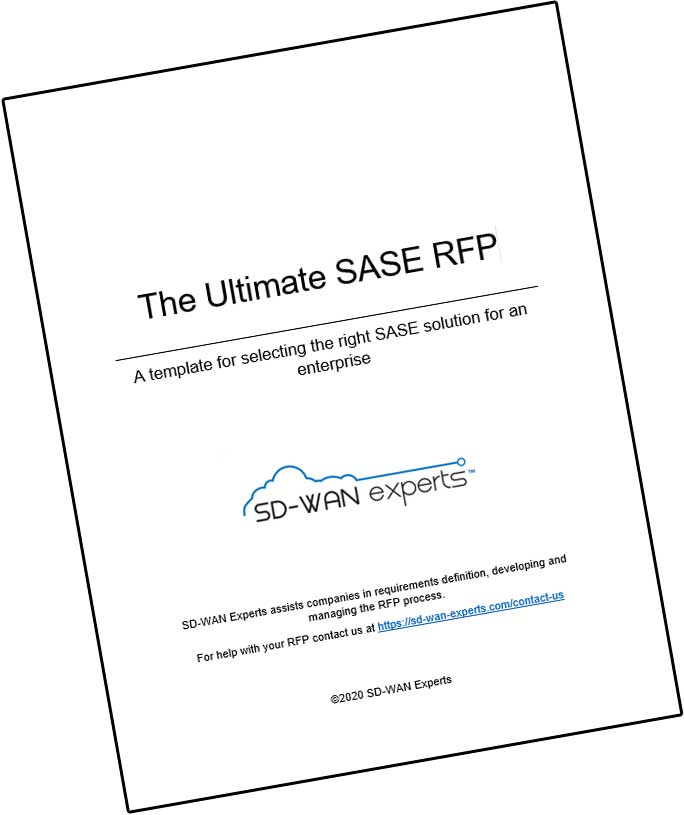Even with SD-WAN companies continue to purchase multi-protocol label switching (MPLS) circuits. Knowing the basics of MPLS service pricing is still essential to running a global WAN.
MPLS Service Drivers
Why MPLS? For some, it’s a matter of regulatory compliance; for others, it’s a matter of trust. After all, apps like RDP and voice require a predictable network, and SD-WAN appliances alone rely on the inherently unpredictable Internet. Regardless, there continues to be demand for MPLS and knowing how to purchase an MPLS circuit continues to be essential for anyone running an enterprise WAN.
Now, I’ve seen the Internet perform poorly but I’ve also see it perform pretty well. In fact, quite a few of my clients are running on the Internet even for global connections. There’s a lot of engineering you can do to reduce the probability of Internet performance problems. But even so, no amount of planning will completely eliminate the inherent unpredictability of the Internet.
And so for those instances, you’re going to need a privately managed network. MPLS is undoubtedly the de facto solution, though today not the only game in town. Global privately managed network alternatives are also available from Aryaka, Cato Networks, Mode, and Teridion. Still, you’ll need to consider MPLS and evaluating MPLS services requires learning pricing structures different from Internet services.
MPLS Service Pricing Structure
Generally, speaking MPLS prices consist of three components:
- the connection to the providers MPLS service (the MPLS port),
- the last-mile price to your location (local loop pricing), and
- the network attributes (latency, loss, jitter etc.) of the MPLS service (Class of Service or CoS).
Remember, price isn’t everything. For global networks, the specific undersea cables used by the MPLS provider impacts the latency of your network. On paths already with high latency paths, adding 20ms makes a significant difference.
With that said, the MPLS provider will have the most flexibility in the Port and CoS pricing. Those will also be the least significant. The local loop pricing will be driven by the last-mile provider, generally constituting the bulk (60 – 70 percent) of the overall MPLS circuit price. MPLS providers without local POPs will either have very long local loops or partner with a third MPLS provider. Both of these factors increase prices.
MPLS Service Pricing Options
In my experience of pricing out MPLS services, MPLS providers will use four basic pricing models each with their own benefits:
- Maximum Flexibility, Maximum Simplicity — Port and loop pricing are set with no charge for CoS. This gives you the most flexibility with access to all types of CoS at no extra charge.
- Maximum Performance, Lowest Cost — Port and loop pricing set, plus a different price for each different level of CoS, based on the bandwidth allocated for each CoS. There is nothing wrong with this approach, but it is complicated. If you increase your bandwidth allocation for a higher-priced CoS, monthly costs will increase.
- Less Flexibility, Maximum Simplicity — Port and loop pricing set plus a single CoS price. This is option one with a fixed fee for CoS regardless of how you allocate the different CoS levels.
- Lowest Price, Lowest Base Performance — Port and loop pricing are set with best-effort CoS included at no charge, plus charges for additional CoS.
Keep in mind pricing for international MPLS may also include a line item for “International Bandwidth.” This item reserves your contracted amount of trans-oceanic bandwidth. Some carriers will bundle this charge amongst the other charges in their quotation.
Global Backbone Construction: Much to Consider
As you can see, deciding on a privately managed backbone involves considering many different options. There are the MPLS service options not to mention the many different alternative backbones as well. Make a mistake, and you can find yourself locked into a contract for the next several years suffering a network that’s costly and inadequate for your needs. In short, choose wisely. If we can help shortcut the process, you know how to reach us.



